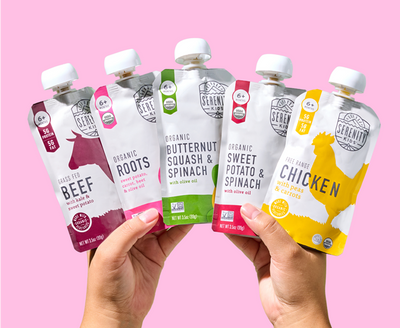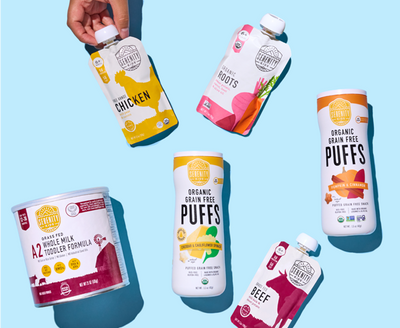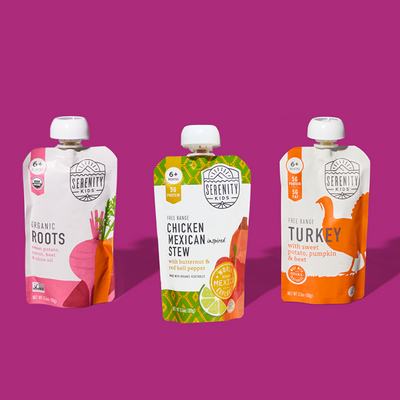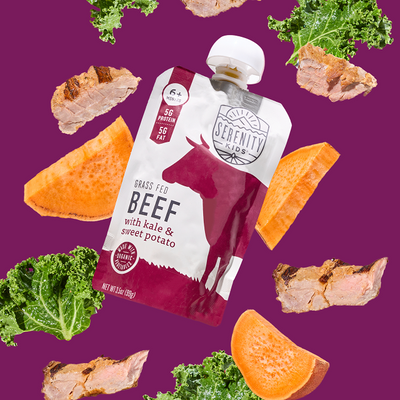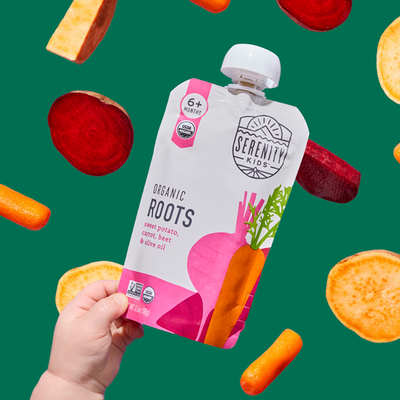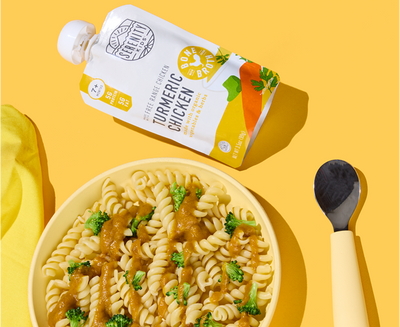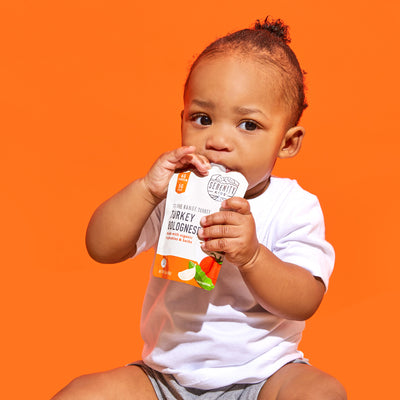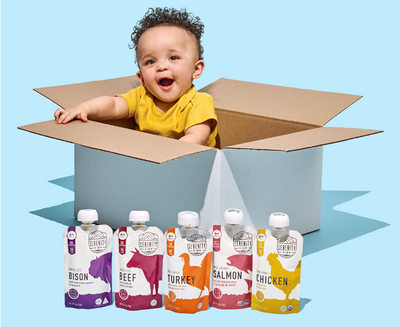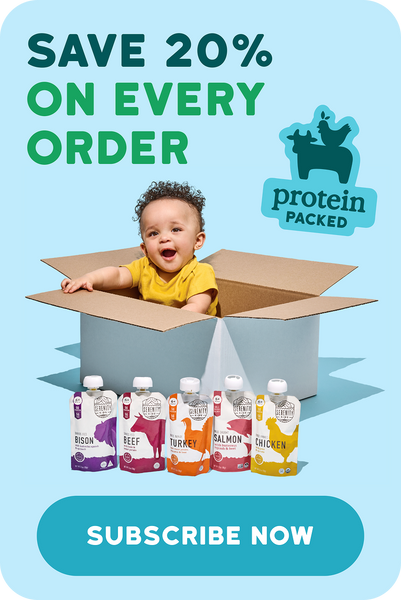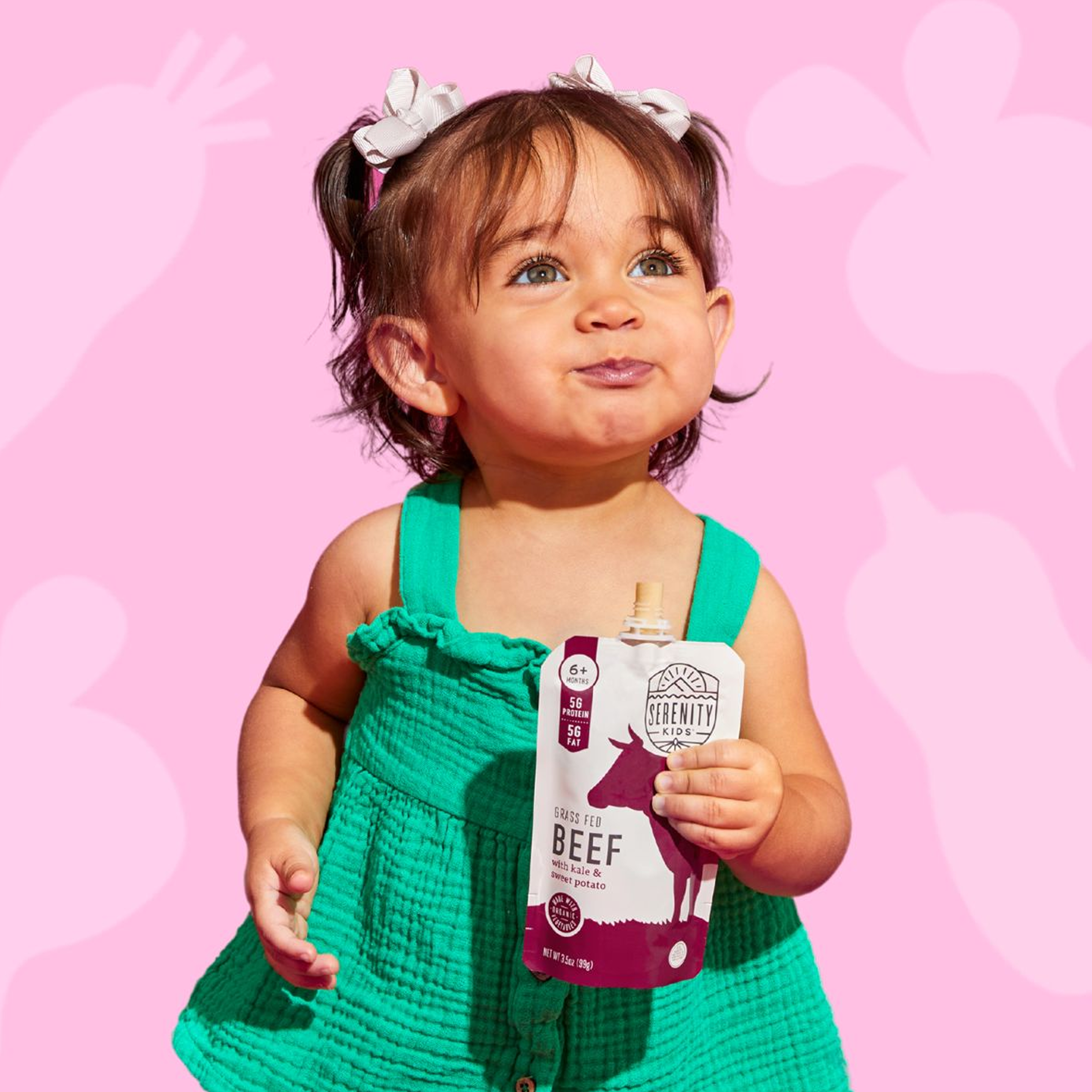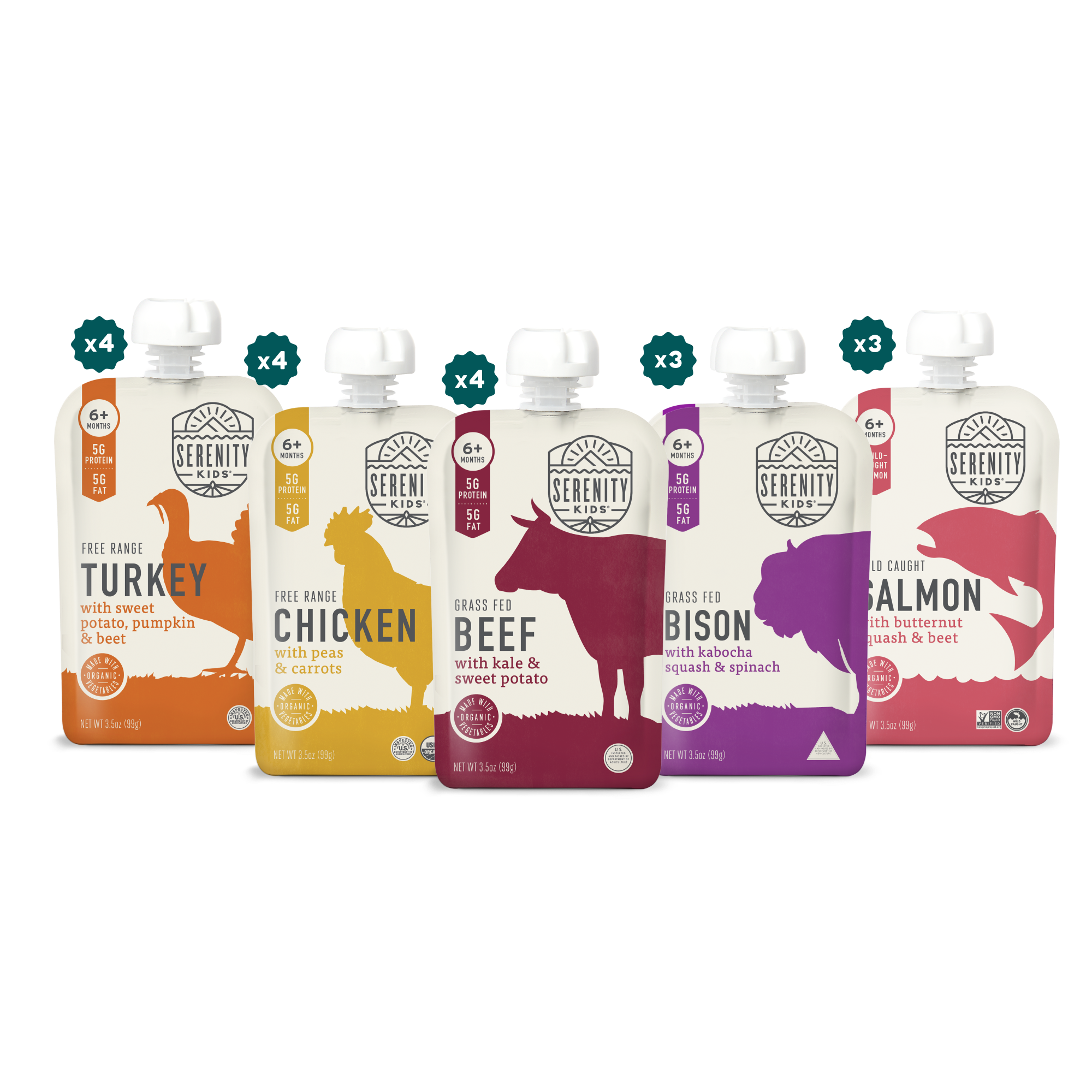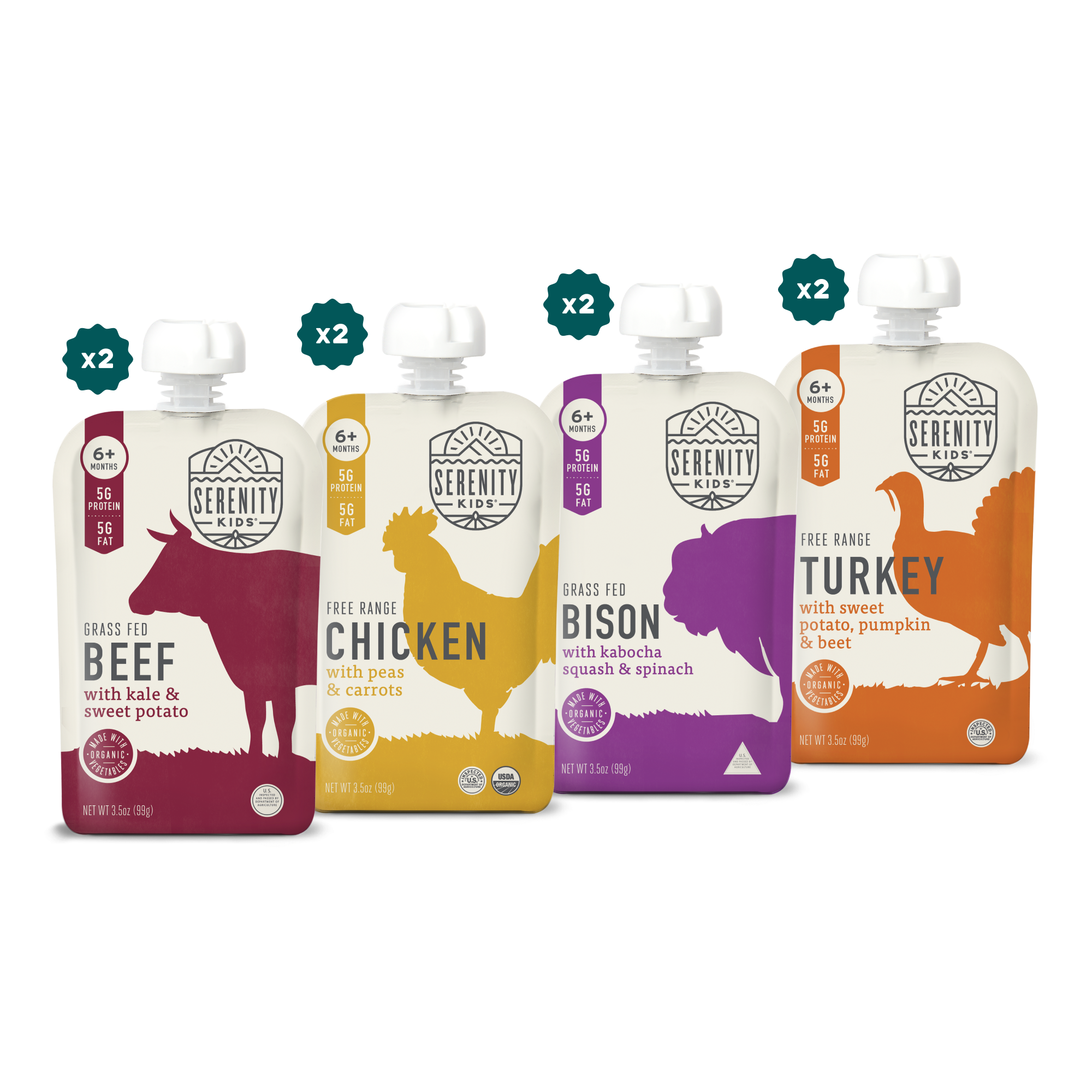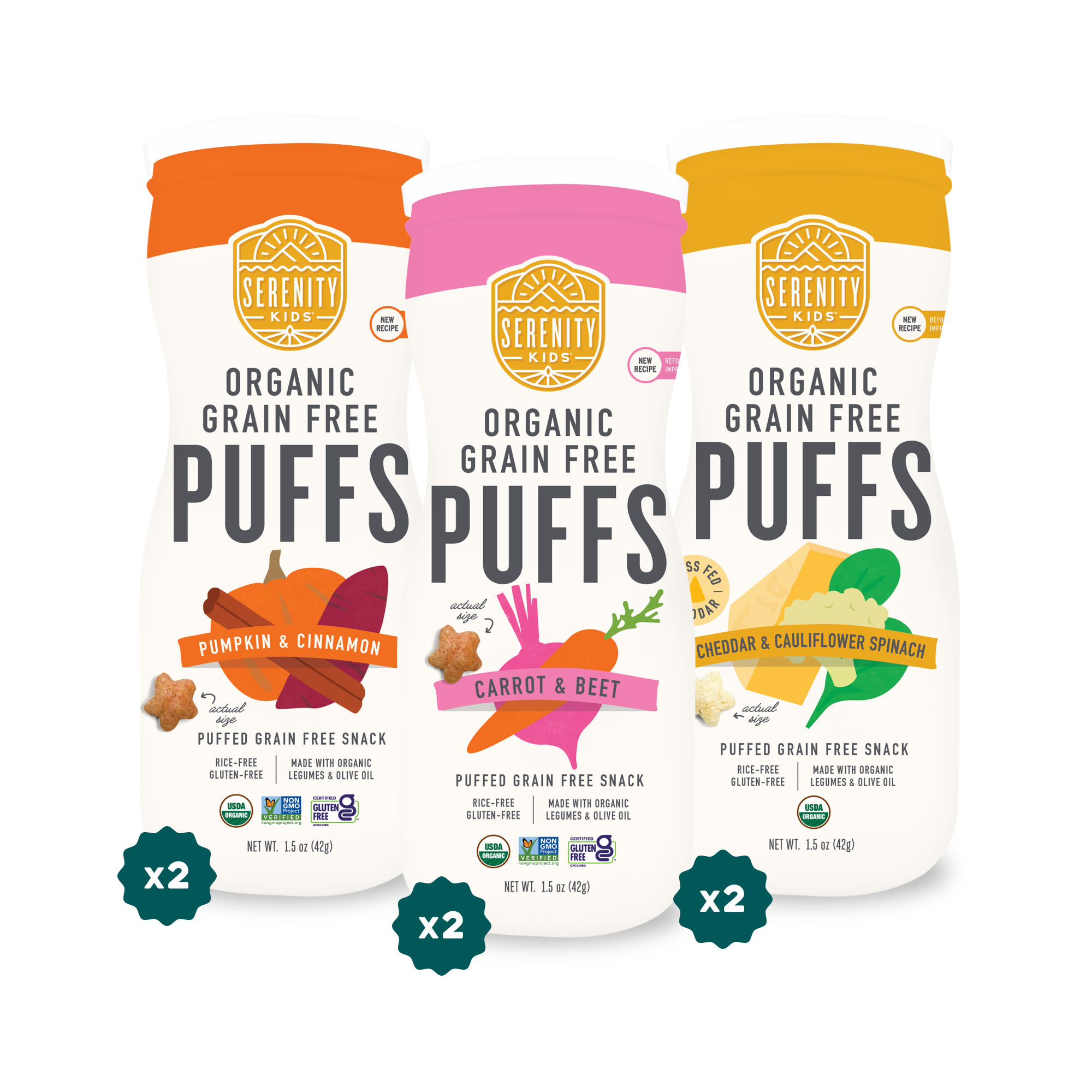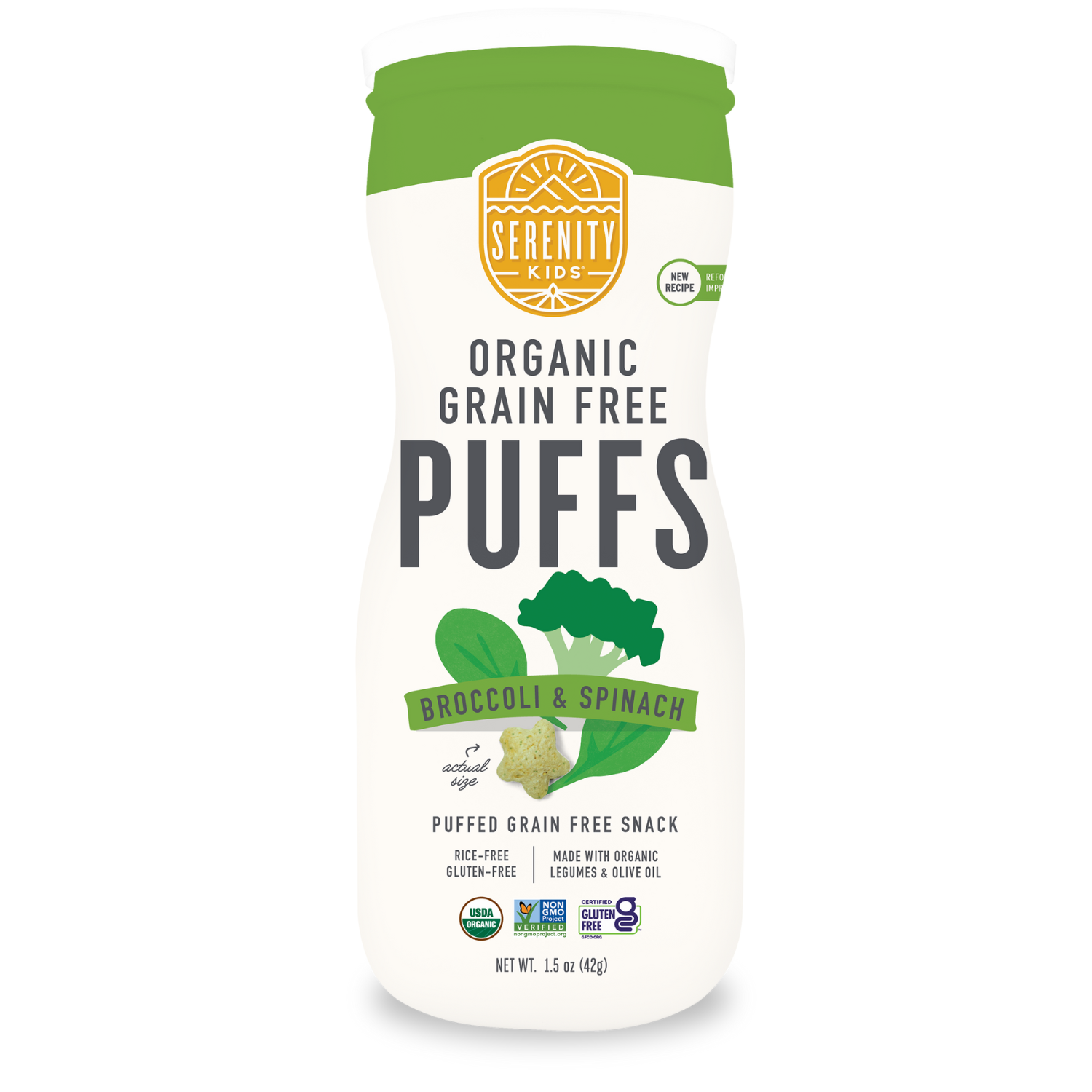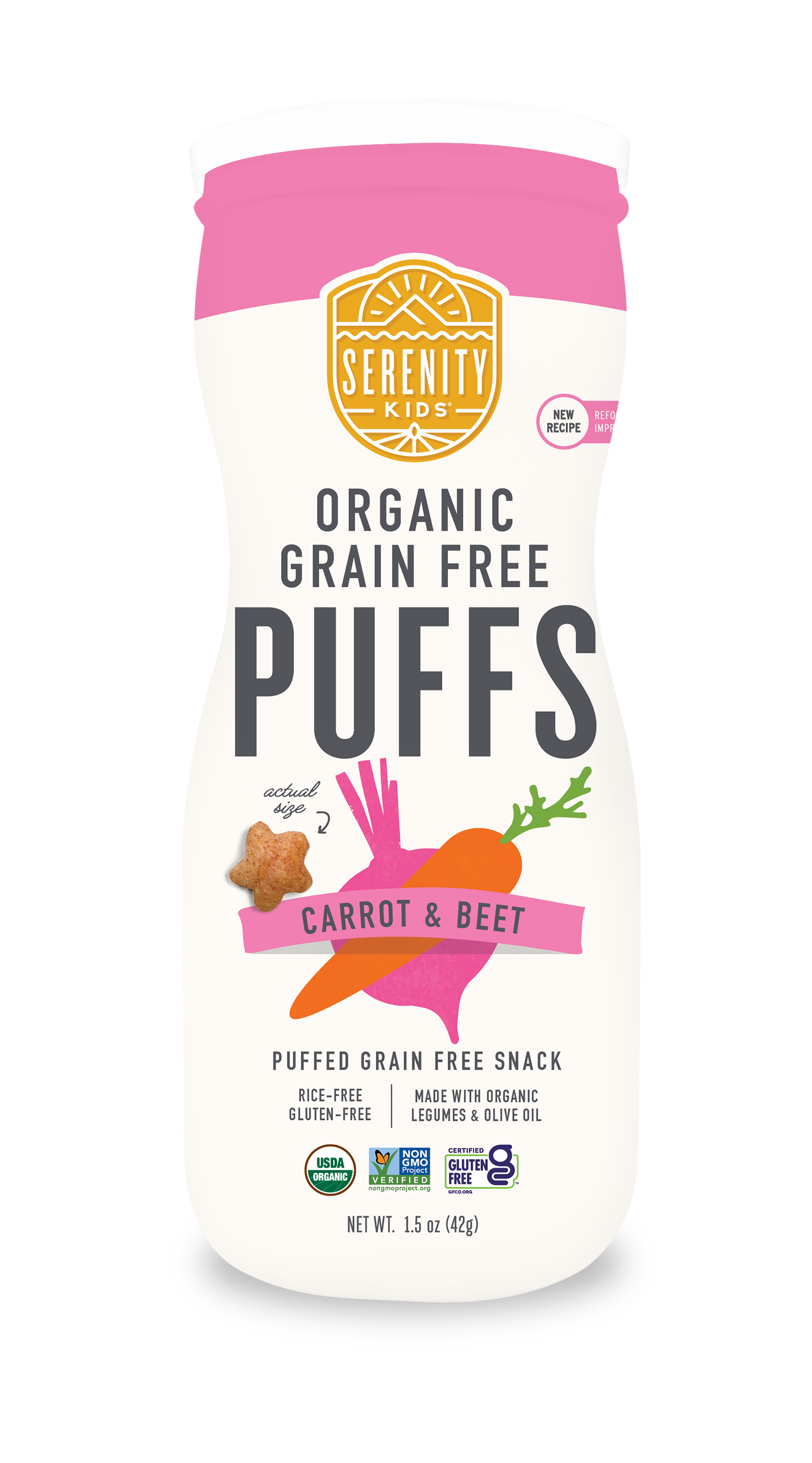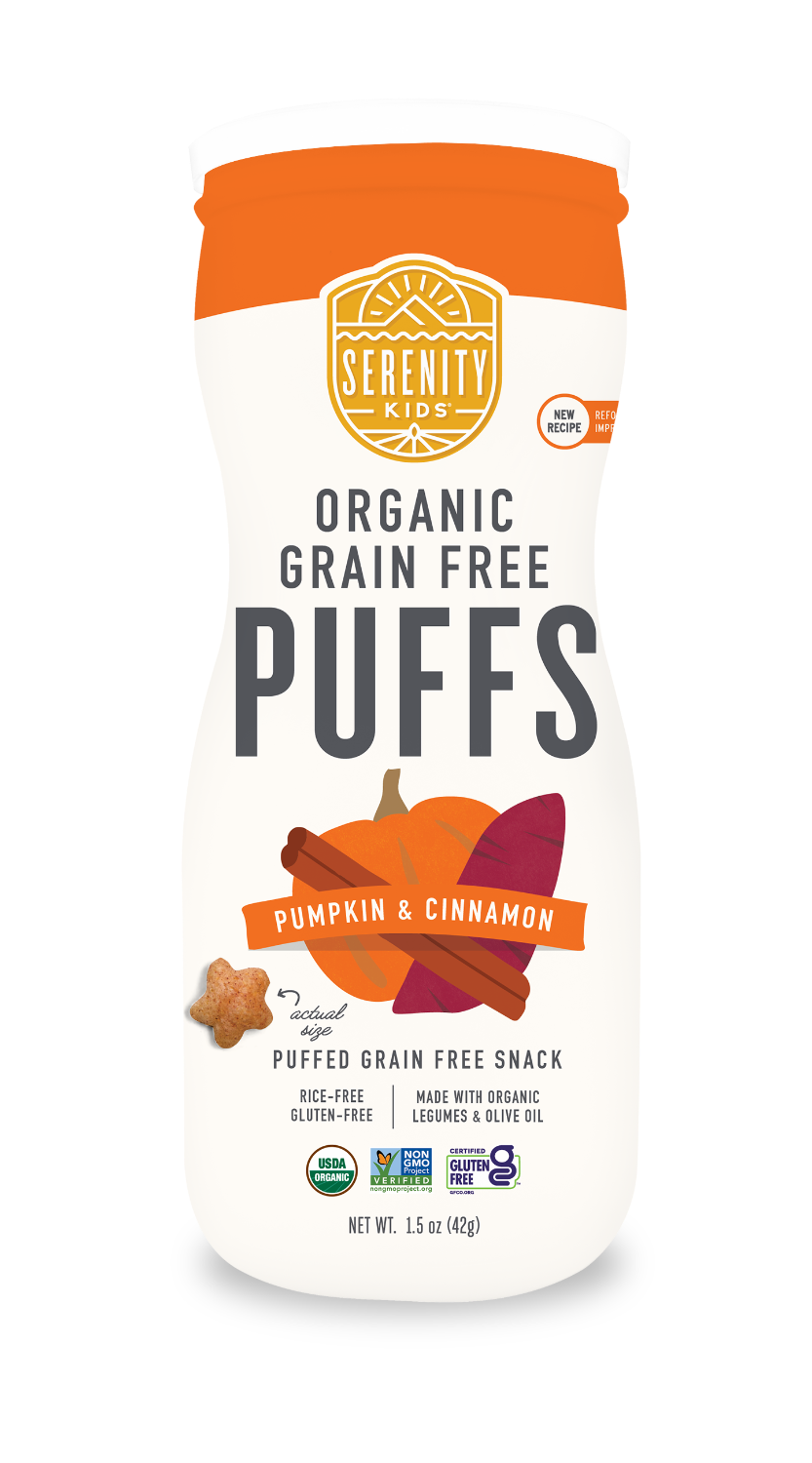Here's the good news: even if toddler portion sizes seem like a mystery right now, understanding your toddler's cues and offering a variety of healthy options can help them develop a healthy relationship with food. By taking things one step at a time when feeding toddlers, you'll be setting the stage for a lifetime of healthy eating habits.
Why Portion Sizes Matter for Toddlers
Toddlers have specific nutritional needs for their rapid growth and development. However, that doesn't mean that the amount they eat at each meal will be the same day to day. The best thing we can do as parents and caregivers is consistently offer appropriate portion sizes of healthy whole foods. Allow your toddler to choose their foods from a selection of healthy options.
Building Healthy Habits
Establishing healthy portion sizes early on can help to set the stage for positive eating habits in the future, and knowing appropriate toddler portion sizes can help to encourage variety on their plate. Sure, they might eat a pint of blueberries, but offering an age-appropriate serving size of blueberries alongside other healthy foods can help encourage them to eat a balanced meal.
Focus on Nutrient Intake, Not Just Calories
There is no need to consider calories when serving your toddler. Trust that your toddler will eat to their own satiety and focus on serving a variety of different foods and nutrients from which they can choose. Quality vs. quantity!
Level set your expectations
Toddler appetites are not linear. One day they may be ravenous and keep asking for more food, and the next day they seem to survive on air. They tend to listen to their bodies, so trust their cues and try not to intervene.

Understanding Toddler Cues
Hunger Cues vs. Fullness Cues
If toddlers are not talking yet, look for hunger and fullness cues. Hunger cues can include things like fussiness and reaching for food. Fullness cues can include things like pushing food away, turning away from the table, or arching their back when served.
Respecting Your Toddler's Appetite
Allow toddlers to self-regulate their intake by paying attention to their cues and not forcing or limiting food. Sometimes, they may eat larger portions and other times they may skip a food entirely.
Positive Mealtime Environment
Creating a calm and relaxed mealtime environment can help support a positive relationship with food. This means sitting down and eating together without the distraction of phones or television, and with positive reinforcement.

Portion Size Guidelines for Toddlers
However, know that these serving sizes are meant to be a general guide and can vary based on individual needs and activity levels.
Age-Appropriate Servings by Food Group
Fruits & Vegetables (4-6 servings per day)
A good general guide is to offer one tablespoon per year of age. For example, starting with one tablespoon of mashed sweet potatoes for a one-year-old.
Mention serving ideas like roasted veggies, mashed fruits, and smoothies.
Protein (2-3 servings per day)
One ounce of meat is about 2 adult-sized bites. These should be cut smaller for little ones.
Dairy (2-3 servings per day):
If dairy is tolerated, serving sizes for toddlers are about one-half of a cup milk or 1 ounce of cheese.
Fat (2-3 servings per day)
Fat can come in the form of nut or seed butter (spread thinly or mixed into a smoothie or yogurt), full-fat dairy, avocado, coconut, olives, ghee, bone marrow, seeds (like flax or chia), or healthy oils like olive and coconut. One serving of fat for a toddler is about two teaspoons.

Tips for Serving Ideal Toddler Portions
Offer a Variety of Foods
Build a well-balanced plate by offering a variety of healthy options from all food groups at each meal.
Start Small, Seconds Later
To avoid being overwhelmed, start with a smaller portion of each food and allow toddlers to ask for more if they're still hungry. This approach can also help combat picky eating by encouraging them to try other foods on their plate. Picky eaters, especially, may only eat one thing, or you may end up providing a larger portion sizes, but the exposure to other foods is helpful.
Let Toddlers Help
As much as possible, encourage toddlers to get involved in their meal prep to foster a sense of ownership over their food. This might involve spooning out food, putting pieces of food on a plate, or pointing to which piece of broccoli they want on a baking sheet.
Be Patient and Consistent
Establishing healthy eating habits takes time and patience. Stick with it!
Serenity Kids: Your Partner in Healthy Toddler Meals
Serenity Kids is committed to providing healthy and convenient options to support your feeding journey. We hope you feel empowered to serve your little one healthy balanced meals in an appropriate toddler serving size, and in a positive and relaxed environment.

